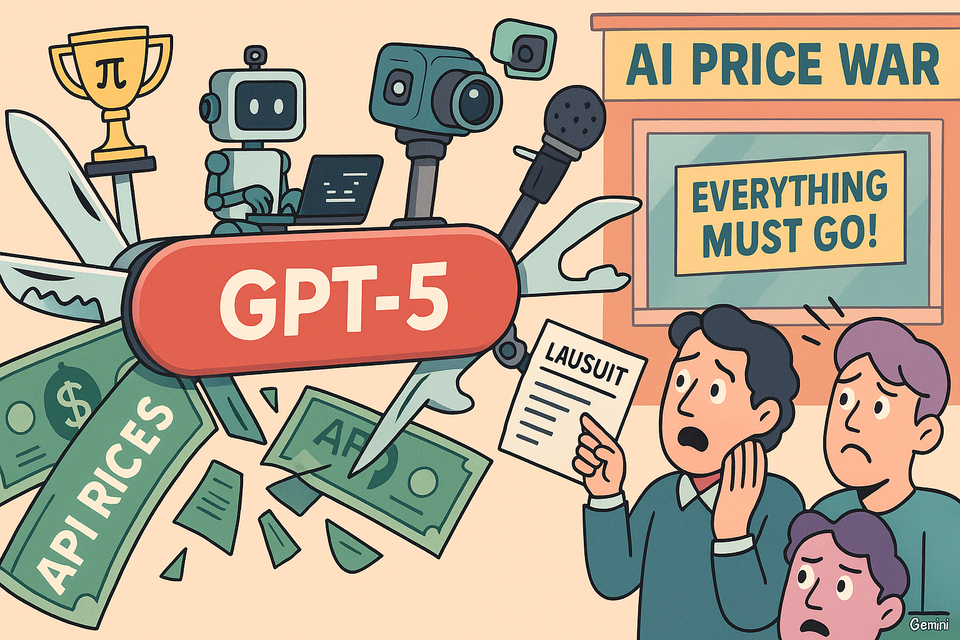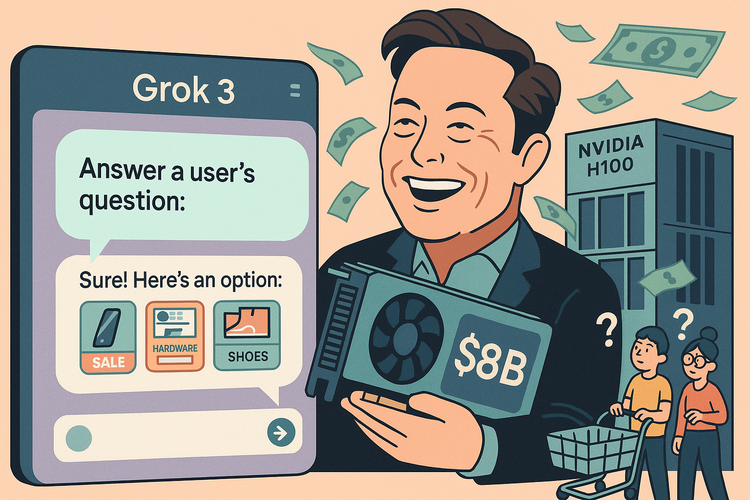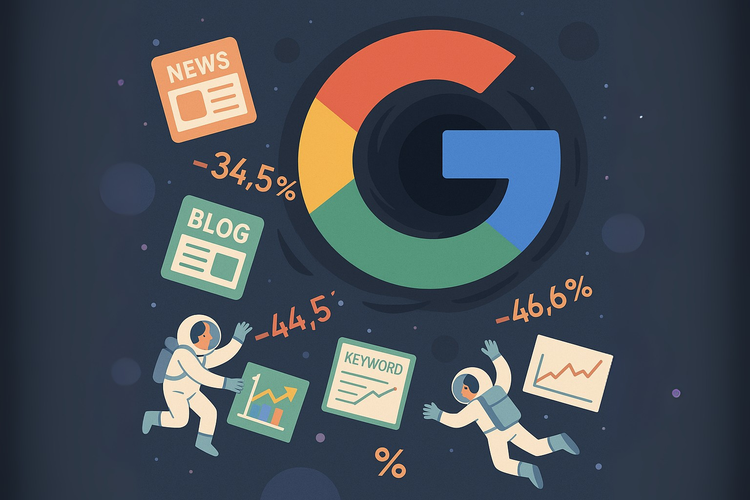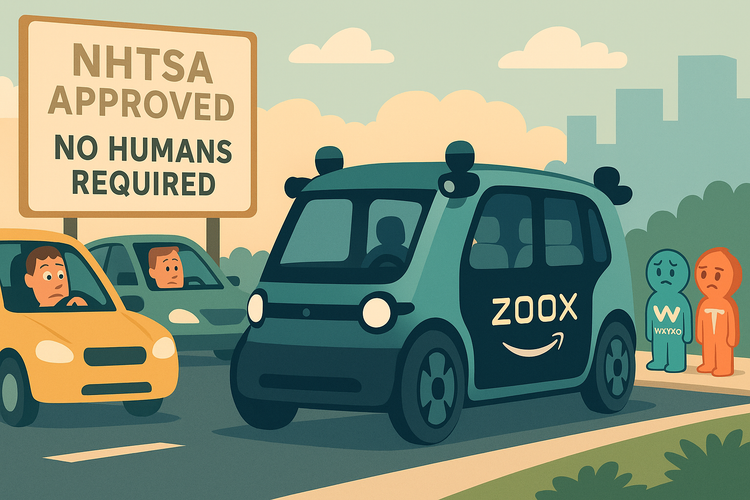GPT-5 Deep Dive: Performance, Features, Pricing — And Why It’s Not Magic

If you believe the hype, GPT-5 is the AI equivalent of a Swiss Army knife — bigger, sharper, and somehow cheaper than last year’s model.
OpenAI says it can code your app, pass your math exam, and even navigate the internet for you. That’s probably true. Mostly. But also… not entirely.
Here’s what the new model actually does well, where it still fumbles, and why its launch strategy might be as much about market share as raw intelligence.
1. Performance Benchmarks: How Smart Is “Smart”?
OpenAI’s own data paints GPT-5 as a serious upgrade over GPT-4 and GPT-4o.
In the International Math Olympiad qualifier, GPT-4o solved 13% of problems. GPT-5? 83% — which either means the model got better, or math competitions got easier (spoiler: they didn’t).
On Codeforces, GPT-5 landed in the 89th percentile — far above GPT-4 — and placed in the top ~500 for the AIME math contest. In the GPQA benchmark, a graduate-level science test, GPT-5 became the first AI to surpass human PhD accuracy.
Independent tests confirm the picture. On SWE-bench Verified, a real-world bug-fix benchmark, GPT-5 scored 74.9%, just edging out Anthropic Claude Opus 4.1 (74.5%) and beating Google Gemini 2.5 Pro (~59.6%). On GPQA Diamond, it hit 89.4%, beating Claude’s 80.9%.
Even in multimodal challenges, GPT-5 holds its own. On the MMMU visual+text exam, it scored 84.2%, enough to be considered “competitive with human experts.” And in Tau-Bench agent navigation tasks — like booking flights or navigating retail sites — it came close to Claude’s best scores.
Takeaway: GPT-5 is objectively better at complex reasoning, math, and coding than GPT-4. But the margin over top competitors is… not massive. Which might explain OpenAI’s other big play: pricing.



